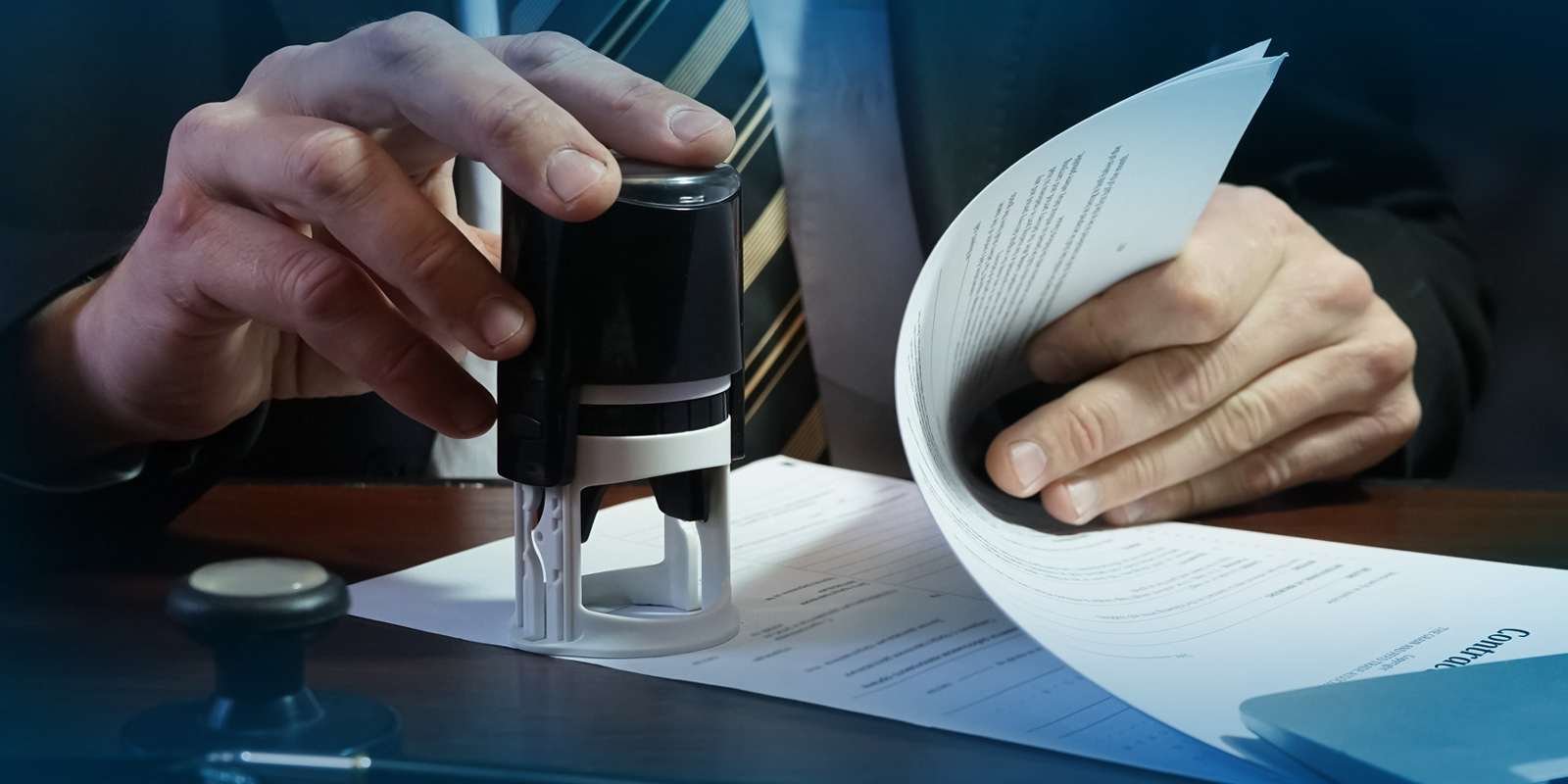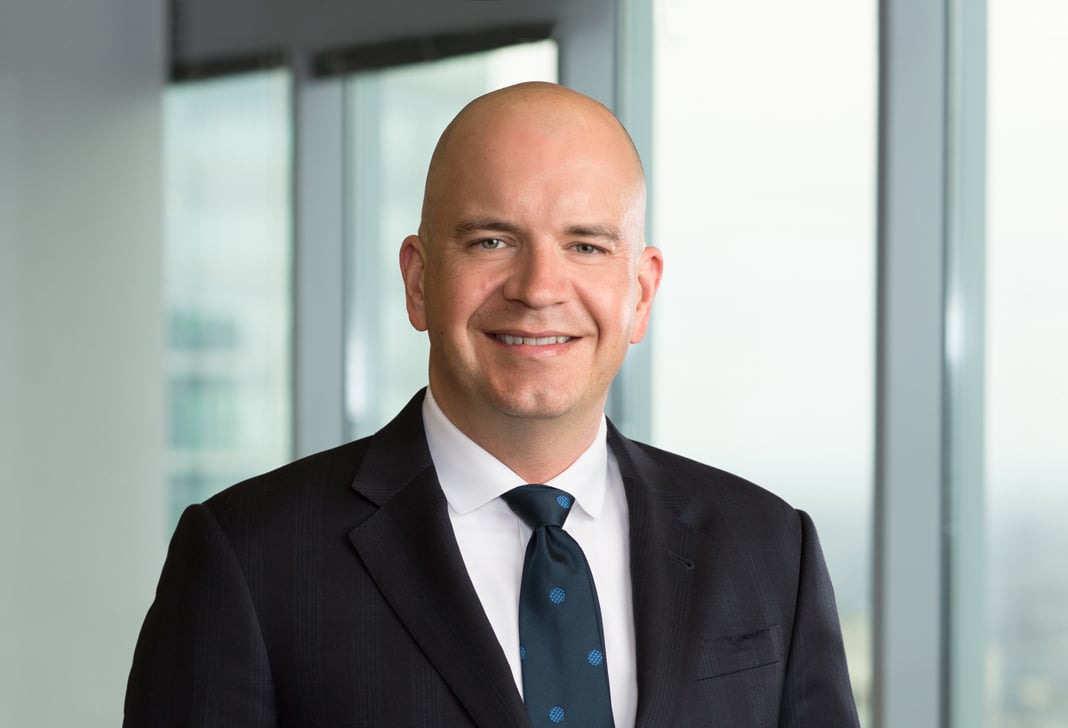
USPTO Releases New Guidance on Patent Subject Matter Eligibility
The Situation The legal uncertainty surrounding patent subject matter eligibility under Section 101 of the United States Code ("35 U.S.C. § 101") has been the subject of much attention, as it has become difficult for stakeholders to determine what subject matter is patent eligible, particularly in the area of computer software.
The Development The U.S. Patent and Trademark Office ("USPTO") released new guidance for patent subject matter eligibility that took effect on January 7, 2019.
Looking Ahead The guidance will likely lead to more consistent results in patent prosecution.
USPTO released guidance for patent subject matter eligibility under 35 U.S.C. § 101 that took effect on January 7, 2019.
The guidance clarifies how patent examiners determine whether a claim is patent eligible under the U.S. Supreme Court's Alice/Mayo test.
First, the guidance provides greater clarity as to what constitutes an "abstract idea." It identifies the abstract idea exception as subject matter included in the following three enumerated groupings:
Mathematical concepts: Mathematical relationships, mathematical formulas or equations, mathematical calculations;
Certain methods of organizing human activity: Fundamental economic principles or practices (including hedging, insurance, mitigating risk); commercial or legal interactions (including agreements in the form of contracts, legal obligations, advertising, marketing or sales activities or behaviors, business relations); managing personal behavior or relationships or interactions between people (including social activities, teaching, and following rules or instructions); and
Mental processes: Concepts performed in the human mind (including an observation, evaluation, judgment, or opinion).
The guidance makes it clear to examiners that a claim should not be treated as reciting an abstract idea unless it recites subject matter that falls under the enumerated groupings. However, an examiner "in rare circumstances" has the discretion to treat a claim as reciting an abstract idea even when it does not fall within the enumerated groupings.
Second, the guidance provides a two-prong test for evaluating if a claim is "directed to" a judicial exception. This addresses step one of the patent eligibility determination in the Alice/Mayo test, which USPTO calls Step 2A. (See diagram below.) In Prong One of Step 2A, the examiner determines if the claim recites a judicial exception (i.e., a law of nature, a natural phenomenon, or an abstract idea). If so, the examiner proceeds to Prong Two of Step 2A. This requires the examiner to analyze whether the judicial exception is integrated into a practical application. A claim that integrates a judicial exception into a practical application is not directed to a judicial exception and is patent eligible. The guidance provides several illustrative examples of such integration:
An additional element reflects an improvement in the functioning of a computer, or an improvement to other technology or technical field;
- An additional element that applies or uses a judicial exception to effect a particular treatment or prophylaxis for a disease or medical condition;
- An additional element implements a judicial exception with, or uses a judicial exception in conjunction with, a particular machine or manufacture that is integral to the claim;
- An additional element effects a transformation or reduction of a particular article to a different state or thing; and
- An additional element applies or uses the judicial exception in some other meaningful way beyond generally linking the use of the judicial exception to a particular technological environment, such that the claim as a whole is more than a drafting effort designed to monopolize the exception.
Furthermore, the guidance provides several examples in which a judicial exception has not been integrated into a practical application:
- An additional element merely recites the words "apply it" with the judicial exception, or merely includes instructions to implement an abstract idea on a computer, or merely uses a computer as a tool to perform an abstract idea;
- An additional element adds insignificant extra-solution activity to the judicial exception; and
- An additional element does no more than generally link the use of a judicial exception to a particular technological environment or field of use.
The guidance emphasizes that in both prongs of the analysis at Step 2A, examiners should exclude consideration of whether the additional elements represent well-understood, routine, conventional activity. These factors only become relevant at Step 2B.
The procedure evaluates "integration" early on in Step 2A and specifically delays, until Step 2B, the analysis of well-understood, routine, conventional activity.
The following diagram illustrates the procedure that the examiners should employ:

Two Key Takeaways
- The guidance provides greater clarity as to what constitutes an "abstract idea."
- The refined procedure in determining subject matter eligibility will likely lead to more consistent results in patent prosecution.
Lawyer Contacts
For further information, please contact your principal Firm representative or the lawyers listed below. General email messages may be sent using our "Contact Us" form, which can be found at www.jonesday.com/contactus/.
Paul L. Sharer
Washington
+1.202.879.5481
psharer@jonesday.com
Yang Li
Washington
+1.202.879.3654
yangli@jonesday.com
Carl A. Kukkonen III
San Diego
+1.858.314.1178
ckukkonen@jonesday.com
Douglas H. Pearson
Washington
+1.202.879.3825
dhpearson@jonesday.com
Matthew W. Johnson
Pittsburgh
+1.412.394.9524
mwjohnson@jonesday.com
Joseph M. Sauer
Cleveland
+1.216.586.7506
jmsauer@jonesday.com
David B. Cochran
Cleveland
+1.216.586.7029
dcochran@jonesday.com
Vishal V. Khatri
Washington
+1.202.879.3607
vkhatri@jonesday.com
Jones Day publications should not be construed as legal advice on any specific facts or circumstances. The contents are intended for general information purposes only and may not be quoted or referred to in any other publication or proceeding without the prior written consent of the Firm, to be given or withheld at our discretion. To request reprint permission for any of our publications, please use our "Contact Us" form, which can be found on our website at www.jonesday.com. The mailing of this publication is not intended to create, and receipt of it does not constitute, an attorney-client relationship. The views set forth herein are the personal views of the authors and do not necessarily reflect those of the Firm.



